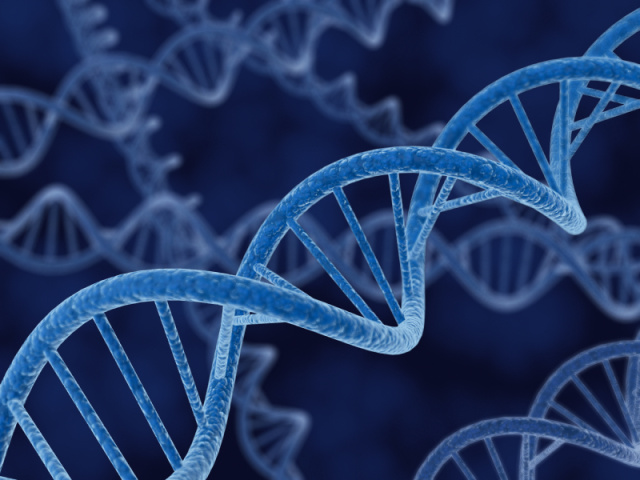- Jammu and Kashmir Chief Minister condoles Ramban fire deaths
- Death of Kim dims hopes on rival links
- Core Sector Output Contracts By 1.3 Percent in November
- Mother of 'affluenza' teen is jailed in Los Angeles
- One dead, 13 injured in terror attack near Kabul airport
- Afghan forces battle Taliban surge with help from U.S. airstrikes
- Chicago mayor says every police officer to be equipped with Taser
- SpaceX successfully launches (and lands) Falcon 9 rocket
- Elon Musk's 'Revolutionary' Space Travel Breakthrough: Rocket Lands Fully Intact
- Top North Korean negotiator dies
- Healthy New Year's Resolution
- Elephant seal still determined to cross California freeway
- Knicks Forward Shot, Robbed In New York
- Mom of 'affluenza' teen in US custody, compared to Carrot Top
- Munich police warn of New Year's Eve terrorism attack threat
Floodwaters along Mississippi River, tributaries begin to crest near St. Louis
World welcomes New Year despite 'terror' fears
Military release statement over clash with Boko Haram insurgents in Maiduguri
Illinois State's Attorney Requests FBI Assistance in Fatal Police-Involved
Carson's Key Staff Resign: Say He is Not Ready to be President
Nadine, most human-like robot in the world
Corruption Fuels Afghan Losses in Helmand
Bill Cosby Charged In Alleged 2004 Sexual Assault
North Korea leader Kim's aide dies in road mishap
Explosion near airport in Afghanistan capital, casualties feared
Rob Kardashian Diagnosed With Diabetes After Being Rushed to the Hospital
Mamata Banerjee Thanks People As TMC Turns 18
Combat 'torrent' of misery in world, pope says in New Year message
Kim Kardashian wants to lose weight, become flexible in 2016
